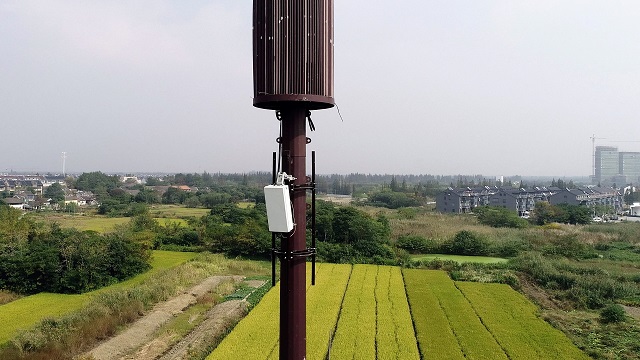Huawei Technologies founder and CEO Ren Zhengfei said the company plans to more than double the production of 5G base stations next year.

Huawei is the world’s largest telecoms gear maker – well ahead of Nokia, Ericsson, ZTE and Samsung.
U.S. trade has blacklisted Huawei since May over concerns that its equipment could be used by Beijing to spy. Huawei has repeatedly denied such allegations, but has taken steps to minimize the impact.
U.S. sanctions cut off Huawei’s access to essential U.S. technologies. The latest version of its Mate 30 flagship phone, unveiled last week in Europe, will not come with Google Mobile Services, Reuters reported.
“We carried out the testing in August and September, and from October on we will start scale production, at 5,000 units a month,” Ren Zhengfei said.
“So our production capacity this year will be 600,000 and we expect that figure to go up to 1.5 million next year.”
Will Zhang, Huawei’s president of corporate strategy, said the performance of the U.S.-free base stations was no worse, and the company has had positive surprises. He declined to give details.
Ren Zhengfei said Huawei would like to use U.S. components if possible because it has emotional ties with long-time U.S. suppliers.
Earlier this month, Ren Zhengfei said that he was open to selling the firm’s 5G technology – including patents, code, blueprints and production know-how – to Western firms for a one-off fee.
Ren Zhengfei today said Huawei was willing to license its 5G mobile technology to a U.S. company, and that he was not afraid of creating a rival by making Huawei’s technology available to competitors. The offer could also include chip design know-how, he added.
The offer to license out 5G technology marks the latest attempt by Huawei, also the world’s No.2 smartphone vendor, to minimize the impact of the U.S. trade ban. It expects a hit of some $10 billion to revenue from its phone business this year.
